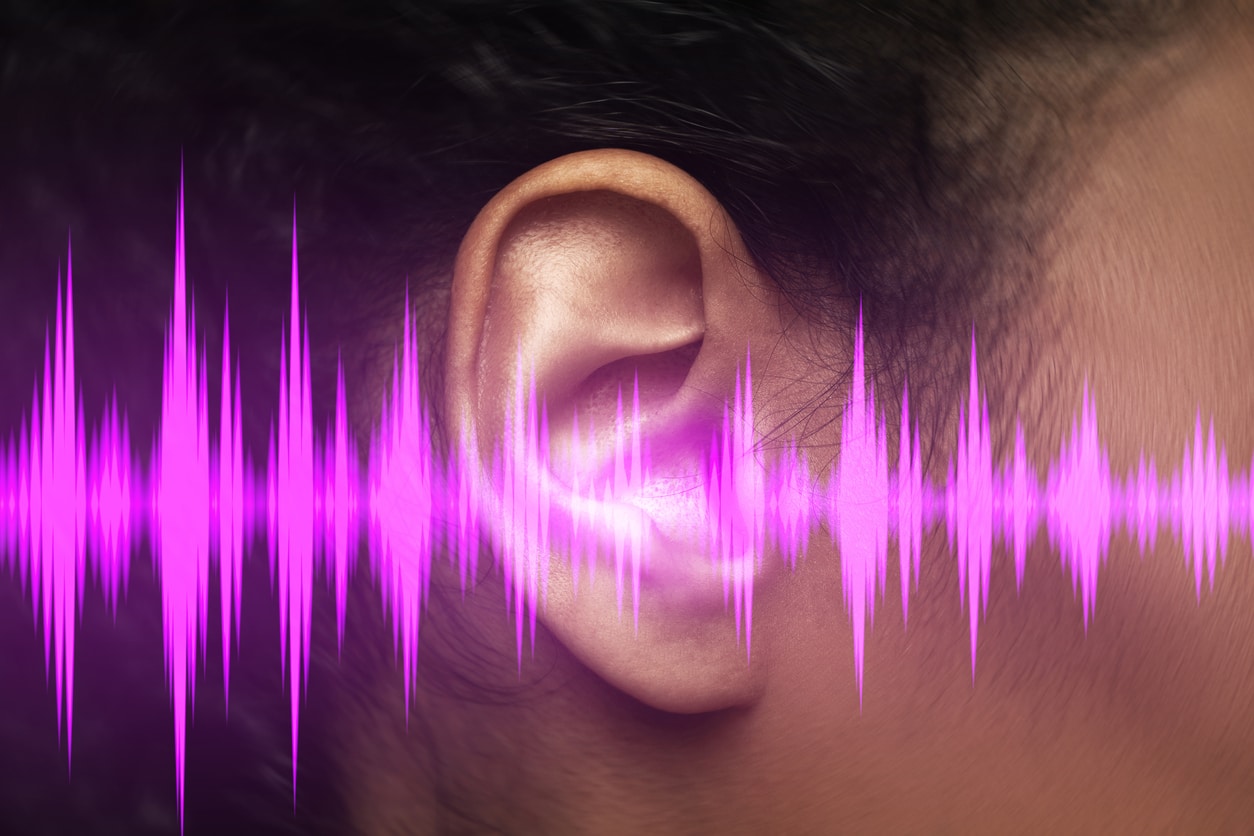Hearing and understanding sound feels like an instantaneous process. While hearing may happen quickly, sound waves travel a long distance before your brain interprets them. Let’s take a look at how sound travels and what can prevent it from reaching your ears.
The Journey of Sound

Sound is energy in motion. When milk steams at Fort Thomas Coffee, it creates vibrations that go on a long journey to reach your brain:
- Vibrations cause the surrounding air, water or solid objects to ripple in waves.
- These sound waves travel through space until they reach your ears. You will not hear the sound if your ears are not close enough to hear the waves before the energy depletes.
- When the sound waves enter your ear, they make the eardrum and tiny bones in the middle ear (ossicles) vibrate.
- The vibrations continue into the inner ear, reaching the cochlea, a fluid-filled spiral-shaped organ.
- The movement of fluid inside the cochlea stimulates thousands of microscopic hair cells.
- The hair cells convert the vibrations into electrical signals.
- These electrical signals travel along the auditory nerve to the brain.
- The brain processes the signals, allowing you to perceive sound.
What Can Block Sound?
While sound waves are powerful, they’re not unstoppable. Physical barriers, like walls or soundproofing materials, can block or absorb sound before it reaches your ears. The thickness and density of the material affect how well it blocks sound.
In addition to external barriers, problems within your ear can prevent sound from reaching the brain—a condition called hearing loss.
What Are the Types of Hearing Loss?
Approximately 15% of U.S. adults have hearing loss. The condition falls into three categories:
- Conductive hearing loss. Conductive hearing loss occurs when sound can’t travel through the outer or middle ear. Some common causes include ear infections, earwax buildup, damage to the eardrum or something stuck in the ear. In many cases, addressing the underlying issue can restore hearing.
- Sensorineural hearing loss (SNHL). SNHL arises when there are issues with the inner ear, like damage to the tiny hair cells or the auditory nerve. Damage to these parts can make them less effective at transmitting sound to the brain. Causes of sensorineural hearing loss include aging, long-term exposure to loud noises, certain medications, illness and genetics. Unfortunately, there is no cure for this type of hearing loss, but hearing aids can help manage it.
- Mixed hearing loss. Mixed hearing loss is a combination of conductive and sensorineural issues. For example, inner ear damage and an ear infection can lead to pronounced hearing loss.
If you’ve noticed that some noises are starting to sound muffled, or if you find yourself turning up the volume on your favorite show, contact Certified Hearing Aid Consultants today for a hearing test with one of our specialists.